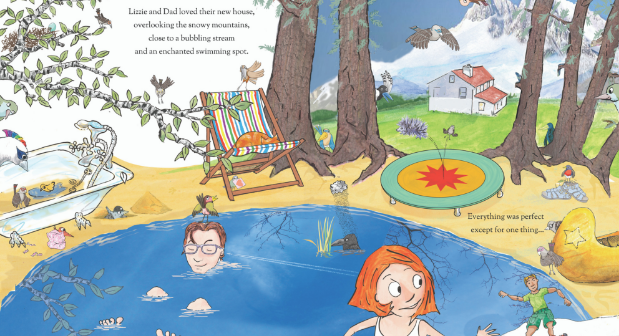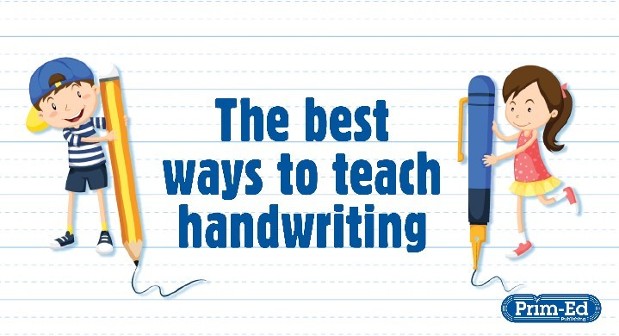- Friday 28 September 2018
Behind the Book: The Story of Lizzie and the Birds
This blog gives us a behind-the-book insight into Dawn and Mick Robertson, the author and illustrator behind our new English reader Lizzie and the Birds. It also outlines their motivation for creating the book, the Teacher’s Guide and what benefits the series brings to the classroom.
Dawn Robertson:
Dawn has been in the world of education for over 30 years as a teacher and then deputy head before becoming a successful independent English consultant, who works closely with many primary schools across England and Wales. She works closely with schools to develop innovative and engaging curriculum that really support and challenge pupils. Dawn has always been passionate about using high-quality picture books at the heart of her own teaching and loves helping teachers to find texts that can inspire children in all areas of the curriculum.
Mick Robertson:
After leaving school, Mick completed an engineering apprenticeship and worked in the drawing office of a factory making aircraft components. He eventually escaped to the Royal College of Art, where he studied the visual arts and painting in particular. He has worked as an artist, and teacher of art and design, ever since. Although it was not until having children himself that he reacquainted himself with the rich world of children’s picture books. He remembered the profound effect that they had on his imagination and decided that this was an art form worth working toward.
The creation of Lizzie and the Birds:
Mick started producing individual pieces of art work for Dawn to use in her consultancy. He loved watching the birds out of his studio window and started creating characters based on them. These then developed into a picture book about a gang of rowdy birds and what happened when their beloved tree crashed into a family house. However, the first proofs of the book had something missing, so Dawn sat down with a huge pot of tea and lots of chocolate and came up with some ideas too. They then worked collaboratively to develop the story, with a much stronger plot about the loneliness of a little girl and the power of friendship. Lizzie and the Birds was born!
Benefits of using Lizzie and the Birds in the classroom:
Dawn was in a really fortunate position of being able to use the book with a number of pupils and teachers across the North West of England, during these early stages, and use all the feedback to help develop the picture book further.
Each spread was created to continue the story but also to be used to generate lots of speaking and listening opportunities with its detailed illustrations and thoughtfully written narrative. Dawn spends much of her time supporting staff to use texts to develop reading and writing skills and was keen to build these opportunities into Lizzie and the Birds. She also knew that some teachers needed a little more help to use texts imaginatively, so she created a bank of resources to support the use of Lizzie and the Birds in the classroom and asked a team of wonderful teachers to pilot their use with their pupils. These were then developed further and examples of pupils’ work collated to create the Teacher’s Guide to accompany the picture book, showing teachers how to produce an innovative learning journey, packed with ideas and a number of cross-curricular activities, including designing bird houses, improving sketching skills, and the scientific study of birds. Dawn wanted to bring learning to life!
The picture book has been enjoyed across all year groups and some schools have used it for whole-school focus.Most pupils seem to love working with the birds, in particular. The language within the text is accessible to all pupils but will challenge many younger pupils and offer them ideas to discuss and themes to explore. Inference skills are developed through both the questioning of the images and the text itself and pupils are asked to question the text continually as it packed with different characters and their actions and reactions. Dawn was keen to offer a number of writing opportunities, including setting descriptions, character studies, dialogue, letter writing, instructions, persuasive posters, non-chronological reports and poetry.
The Teacher’s Guide shares all of these activities and explicitly shows teachers how to develop the learning journeys with specific learning objectives, key questions outlined, exemplified modelled writing and samples of pupil’s writing. The bulk of these address the expectations for Key Stage 1 and lower Key Stage 2, but the activities can be developed further to meet the higher expectations for upper key stage 2. Many of these activities will give pupils a real breadth of writing outcomes which is ideal for supporting the moderating process.
So, Lizzie and the Birds has been a very long time in hatching and, because Mick loves terrible puns, might best be served sunny-side up!


